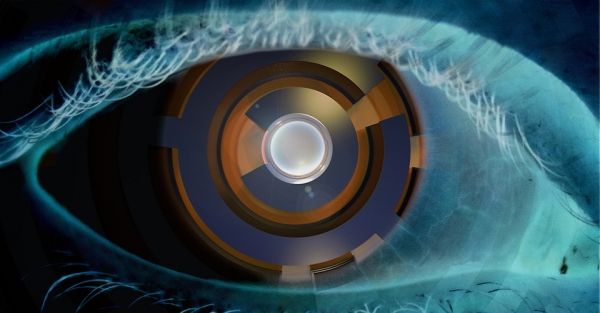Even powerful computers, like those that guide self-driving cars, can be tricked into mistaking random scribbles for trains, fences, or school buses. It was commonly believed that people couldn't see how those images trip up computers, but in a new study, Johns Hopkins University researchers show most people actually can.
The findings suggest modern computers may not be as different from humans as we think, demonstrating how advances in artificial intelligence continue to narrow the gap between the visual abilities of people and machines. The research appears today in the journal Nature Communications.
"Most of the time, research in our field is about getting computers to think like people," says senior author Chaz Firestone, an assistant professor in Johns Hopkins' Department of Psychological and Brain Sciences. "Our project does the opposite—we're asking whether people can think like computers."
What's easy for humans is often hard for computers. Artificial intelligence systems have long been better than people at doing math or remembering large quantities of information, but for decades humans have had an advantage at recognizing everyday objects such as dogs, cats, tables, or chairs. Recently, however, "neural networks" that mimic the brain have approached the human ability to identify objects, leading to technological advances supporting self-driving cars, facial recognition programs, and AI systems that help physicians spot abnormalities in radiological scans.
Read more at Johns Hopkins University
Photo credit: PIRO4D via Pixabay


